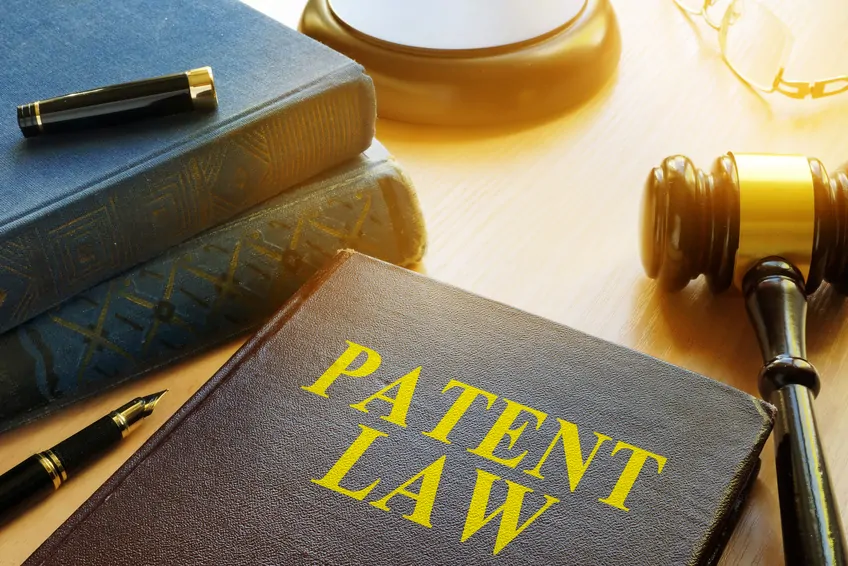Patent sections may refer to either a patent category or the various parts of the actual patent document.

Patent sections may refer to either a patent category or the various parts of the actual patent document. Patents are an essential component of our inventive economy. They give incentive for innovators to produce new things while also protecting such innovations from being profited from.
Patents are lengthy legal documents. Understanding how to read and interpret a patent is a crucial skill if you are in charge of making choices regarding your company’s intellectual property and legal tactics. If you need to grasp possible hazards and legal difficulties, it’s better to engage a patent attorney who can assist you thoroughly examine the situation. However, having a basic grasp of how patents function can help you make choices and interact with your patent team more effectively.
Categories of Patents
All patents are divided into three broad categories: chemical, engineering, and electronic and electrical engineering. Patents are further classified into Sections and Classes within each of these categories, which are related with the technical field of the patent.
There are 21 sections that pertain to the patent’s subject matter. Sections employ alphabet letters to cover the three previously specified sections. Chemical patents are numbered A through M, engineering patents are numbered P through Q, and electronic and electrical patents are numbered S through X.
Each Section is further broken into a plethora of Classes. A Class is made up of the Section letter and two numerals. Chemical fertilisers, for example, are classed as C04.
Sections of Patents
The actual patent document is divided into four major sections: the front page(s), drawings, specification (containing a background section, a list of drawings, and a thorough description), and claims.
The following are the major features of a patent document in further detail:
Title: The applicant provides the title, however the patent office may advise changes throughout the examination process.
Inventor: The name of the inventor, as well as any other persons who contributed to the innovation, will be given here, along with their city and state of residence.
Assignee: In most circumstances, inventors transfer their rights to a company or other legal body. The assignee at the time of patent issuance is included in this information, however the patent may have been reassigned after it was initially granted. For the most up-to-date information accessible publicly, see the USPTO assignment database.
Filed: This is the default effective filing date for all patent claims connected with this invention.
Priority Information: An applicant may submit a priority claim to at least one earlier application, which is referred to as a “priority application.” The earlier claim’s filing date is thus deemed the effective filing date. However, some patent applications lack sufficient information to be processed, in which case the usual (later) filing date will apply.
References Cited (Prior Art): As the patent owner, you’ll want the patents that are most comparable to your own stated here so that you may legally differentiate between patents if any concerns or difficulties emerge.
This is a short overview of your innovation (150 words or fewer).
Representative Drawing: The patent examiner will choose one representative drawing of your invention to put on the first page of the patent.
Drawings: Drawings are an essential aspect of a patent since they assist the reader in seeing and comprehending the idea of the invention. All components claimed in the patent must be shown in the drawings. Prior art may be included in this section to demonstrate the specifics of earlier innovations in order to separate them from the current invention.
Specification: The textual specifics of the invention are included in this section. Any terminology should be described in the inventor’s own words here, since any future concerns will go back to this area.
Background: The setting of the innovation is described in this section. It is often quite short, since the material here may be deemed “accepted previous art” by the patent examiner.
Detailed Description: This is the patent’s primary technical part. Each reference number and figure must be identified and described in this section. Keep in mind that you are not only demonstrating how your patent is novel and original, but you are also prohibiting future parties from claiming a comparable invention.
Claims: The claims section is the most significant part of the patent filing. It explains the rights and limits of the patent. To avoid future unlawful usage, the drawings and thorough explanation must represent each claim element.
